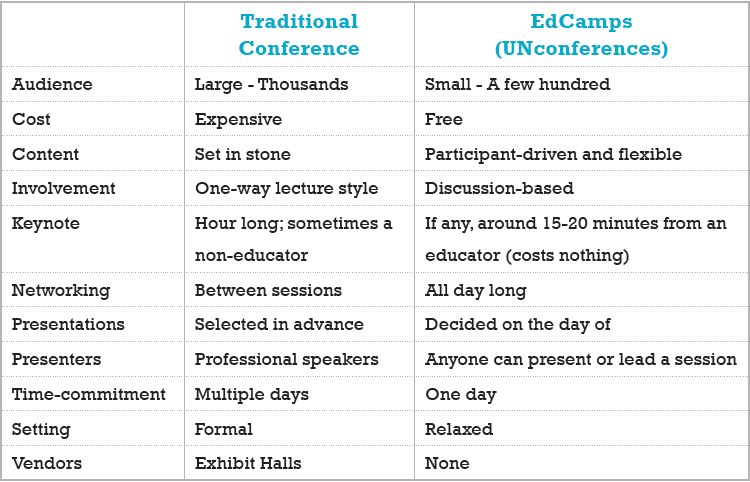The current pre-kindergarten bills being discussed before the United States Senate and House have the potential to positively impact education across our country. The decision to provide states with the funds to meet the needs of our youngest learners signals a fundamental shift in thinking. Federal and state politicians seem to finally agree that our country needs to focus on early childhood education.
The House proposal (H.R. 1041- PRE-K Act) includes the following language regarding what pre-kindergarten programs should look like:
Use of research-based curricula that are aligned with State early learning standards that are developmentally appropriate and include, at a minimum, each of the following domains:
(i) Language development.
(ii) Literacy.
(iii) Mathematics.
(iv) Science.
(v) Creative arts.
(vi) Social and emotional development.
(vii) Approaches to learning.
(viii) Physical and health development.
The House’s description seems to be aligned with the goals of most state-level early childhood programs. They could add a line about the importance of developing a curiosity and love for learning, but maybe they consider that covered under (vi) and (vii). States will likely have some freedom in choosing the scope and sequence of their pre-kindergarten programs. Like Race to the Top, however, they will have to meet specific requirements in order to “opt in” to the federal program and receive funding.
On the surface, the proposals by the House and Senate seem to mean nothing but good things to come for early childhood education in the United States. There is, however, one catch that doesn’t seem to be getting much attention. Both the Senate and House proposals include language that requires states to have a monitoring process to evaluate the effectiveness of their pre-kindergarten programs. In her Edweek blog, Alyson Klein noted that, “States would have to have early-learning standards, be able to link preschool data to K-12, and provide state-funded kindergarten, among other requirements.”
Yes, accountability is important. The federal government will expect to have a certain level of control when their funds are used for pre-kindergarten programs. My worry is that the feds and states will turn the accountability piece into an early childhood version of NCLB and Race to the Top.
Will their pattern of focusing on data override the need to train teachers, provide materials, and build strong early childhood programs? Maybe some brave member of Congress can bring this concern up before we have a law on the books that leads to an over-emphasis on testing our youngest learners. Perhaps we could focus first on providing them with rich learning environments and highly skilled teachers. If we truly care about early childhood education in the United States, we should build the programs up before we examine their efficacy.
